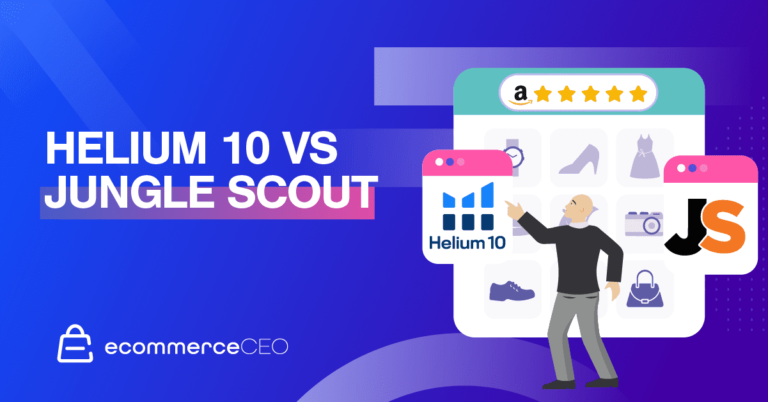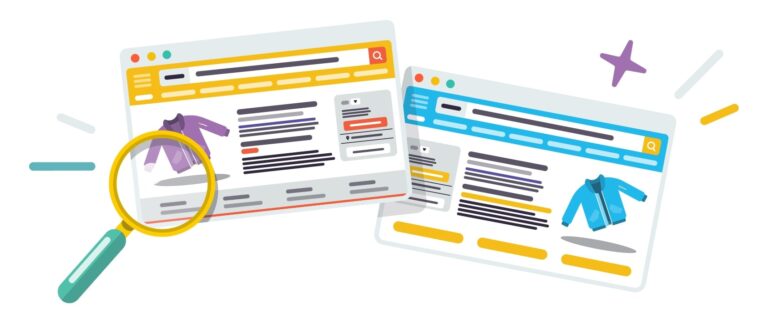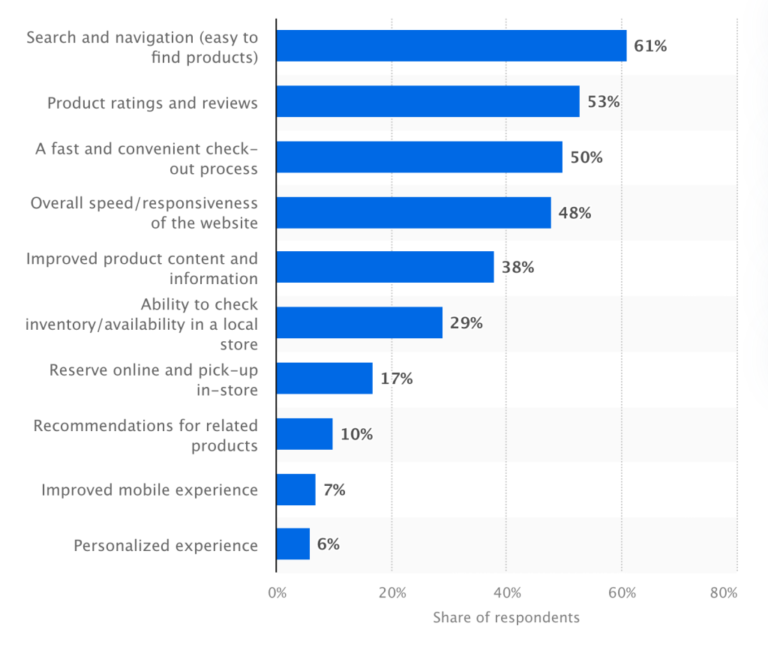What if you could get a financial reward for purchases you already made? That’s essentially the idea behind cash back.
Consumers love cash-back rewards programs for the small discounts they offer on everyday purchases, like groceries and dining out. For businesses, cash back can mean shaving a bit off your costs for things like shipping, office supplies, and travel.
Below, you’ll learn how cash back works and some of the best cash-back programs out there.
What is cash back?
Many credit and debit cards offer cash-back rewards programs, which refund a small percentage of cash for every qualifying purchase. The percentage reward functions like a discount on things you buy.
For example, a credit card or debit card holder may get 1.5%, or 1.5¢ back for every dollar spent on eligible purchases. Cash-back reward amounts vary, usually ranging from 0.5% to 5% of the qualifying purchase amount.
How does cash back work?
Depending on the cash-back program, you may rack up rewards through a flat-rate or a tiered system. A flat rate earns you a consistent percentage back on all your purchases. With tiered-rate cards, you’ll typically get varying percentages for different categories, based on the type of purchase. For example, you might earn 3% back on hotels, 2% on rental cars, and 1% on all other purchases.
The cash rewards typically come as a direct payment to your bank account, a statement credit, or as rewards points you can redeem for cash or gift cards. Programs will often have an annual spending threshold (such as $100,000) up to which you can earn cash back.
Keep in mind, cash back is not a loan or free money, and you won’t be able to redeem cash right away. Some cards release cash-back rewards only after one to two billing cycles, or once you’ve paid off the purchase amount. Your monthly credit card statement will show how much cash back you earned and received in the past 30 days.
Business lines of credit or revolving lines of credit typically don’t offer the same cash-back programs.
Is cash back good or bad?
Cash back is not inherently good or bad—it depends on your spending habits and how you manage the card. Cash back can be good if you regularly pay off your monthly statement balance in full, since it provides savings on making purchases. However, it can be less beneficial if high interest rates and fees outweigh all the cash-back rewards you earn.
Pros of cash back
- Get a discount for the things you already spend money on.
- Earn money while building your business credit via regular spending and on-time payments.
- Reduce your overall costs by earning a certain percentage back on business expenses.
- Improve cash flow with rewards you can reinvest into the business.
- You can strategize to maximize your rewards.
- Cards often have a welcome bonus for meeting a minimum spending requirement.
Cons of cash back
- It can take a while to get access to the cash back you’ve earned.
- You may have a high interest rate if you don’t pay the balance in full each month.
- Rewards may be capped, limiting your ability to earn on large purchases.
- The card issuer may have fees that could offset cash-back earnings.
- You often need to book hotels or cars through the card’s portal to earn the highest rates.
- Most cash-back rewards cards require good to excellent credit.
How to use cash back
Cash back can be a helpful boost, especially if you’re just starting your business. No matter what stage you’re in, cash back earns you discounts on business costs.
Business travel
Traveling to a trade show or professional conference? Many cash-back credit cards offer discounts that let you redeem bonus cash on rental cars, hotels, meals at restaurants, and flights.
Gas
If you drive a lot to meet suppliers, ship goods, or travel between brick-and-mortar sites, a cash-back credit card with rewards for gas stations is a good bet.
Office supplies
To earn extra cash back on office essentials like printer ink, shipping supplies, and sticky notes, look for a card that includes rewards for office supply stores.
Internet and phone services
Some popular cash-back business cards reward internet and phone service payments. Why not score a little discount on these unavoidable expenses?
Everyday purchases
Flat rate cards offer a blanket reward rate (often between 1% and 3%) on all purchases. Keep things simple by earning on business purchases across the board—from PPC ads to packaging materials.
Best cash-back programs
Discover Financial Services pioneered the first cash-back bonus card in 1986, and similar rewards programs have proliferated ever since. Here are a few of the best cash-back cards for business:
- Ink Business Cash credit card: Earn 5% cash back at office supply stores and on internet, cable, and phone services, and 2% at gas stations and restaurants (up to $25,000 for each tier). Get 1% cash back on all other card purchases, with no cap. No annual fee.
- Spark Cash Select from Capital One: Earn 1.5% cash back on all purchases, plus unlimited 5% cash back on hotels and rental cars booked through Capital One Travel. $750 welcome bonus when you spend $6,000 in the first three months. No annual fee.
- Ink Business Unlimited credit card: Earn a simple 1.5% cash-back reward on every purchase made for your business, with no cap on rewards. No annual fee.
- Cashback Rewards Visa card via Shopify Credit: Shopify offers a cash-back program through Shopify Credit. Earn 3% cash back on your top eligible spending category—either marketing, fulfillment, or wholesale—and 1% on the other two, automatically applied to your account as statement credits. Available to US merchants only.
Cash back FAQ
How long does it take to get money from cash back?
This varies by card issuer. Some will credit rewards immediately after the purchase, while others may take a few weeks or one to two billing cycles. On average, cash back can take anywhere from 30 to 90 days to show up in your bank or on your statement. Check your card issuer’s terms and conditions for specific information.
What is the catch to cash back?
There can be some catches to cash-back programs, such as:
- Some cards require a minimum amount of spending to earn cash back.
- There may be limits on how much cash back you can earn in a specific period, and the types of purchases for which you can earn cash back on.
- Cash-back rewards may expire if you don’t redeem within a certain timeframe.
- If you don’t pay your balance in full each month, annual fees or high-interest rates can offset the benefits of cash back.
- High rewards rates might apply only to specific spending categories.
- In some cases, it can take up to 90 days to receive your cash-back rewards, which is not as convenient as an immediate discount.
What are the cons of cash back?
Cash-back credit cards can have high annual fees that may outweigh rewards. Limited redemption options restrict using credit card rewards beyond cash, and higher interest rates can eat into benefits if you carry a balance on the card.
Capped rewards and spending category restrictions may further limit potential benefits. To make the most of cash-back cards and avoid outweighing rewards with interest charges, spend with discipline.
Who pays for cash-back rewards?
Cash-back card rewards are funded by credit or debit card issuers, partially through interest and fees paid by customers, as well as transaction fees paid to card issuers by merchants.





